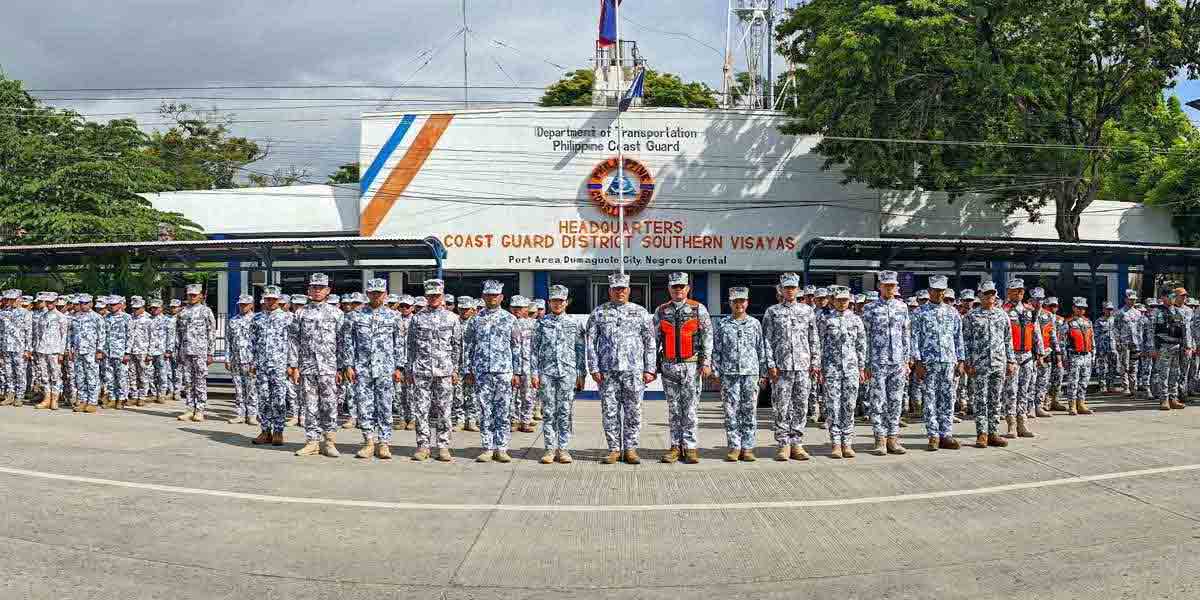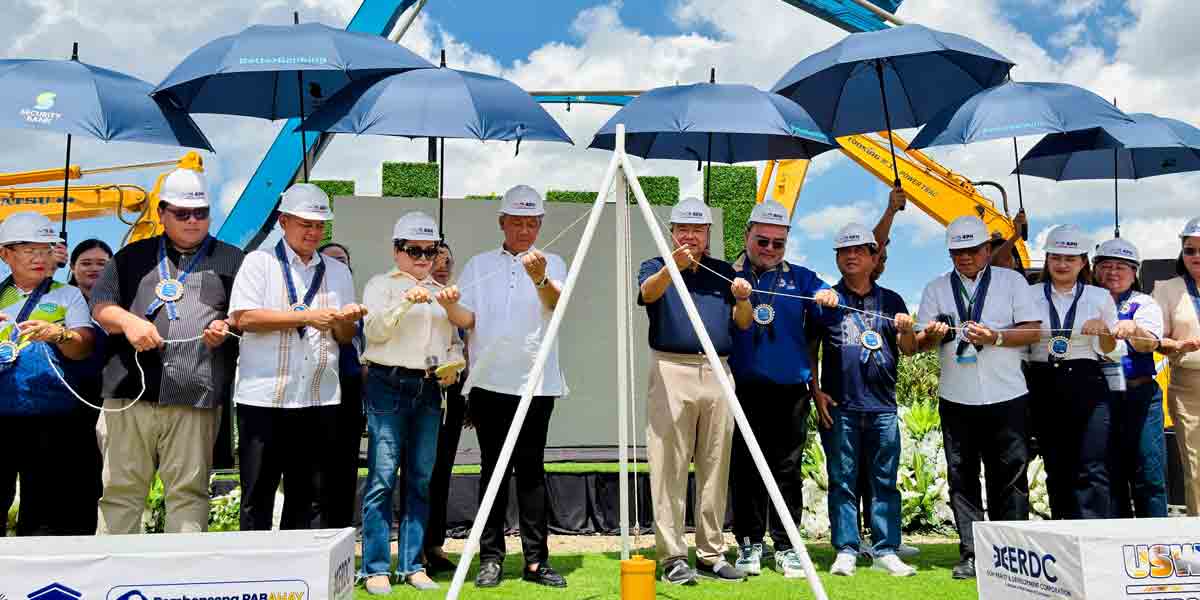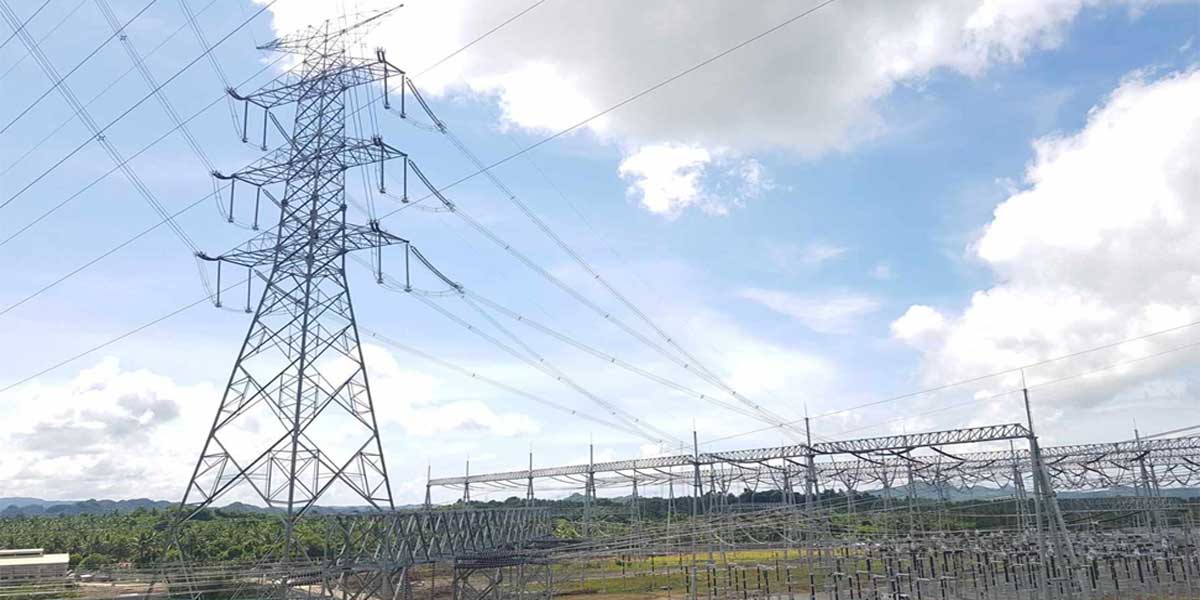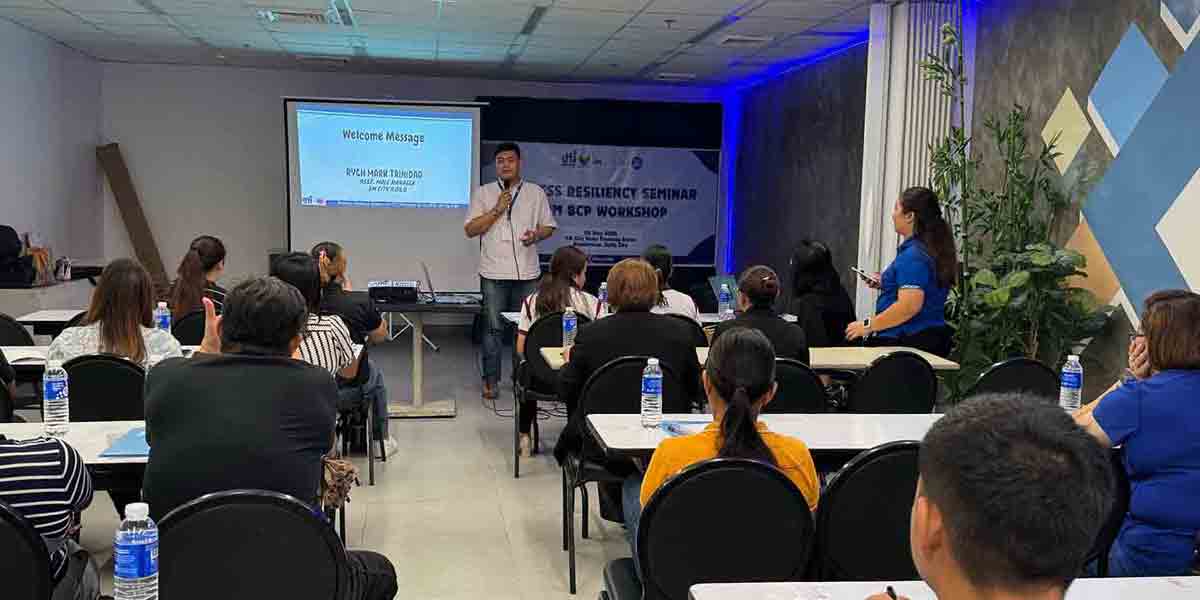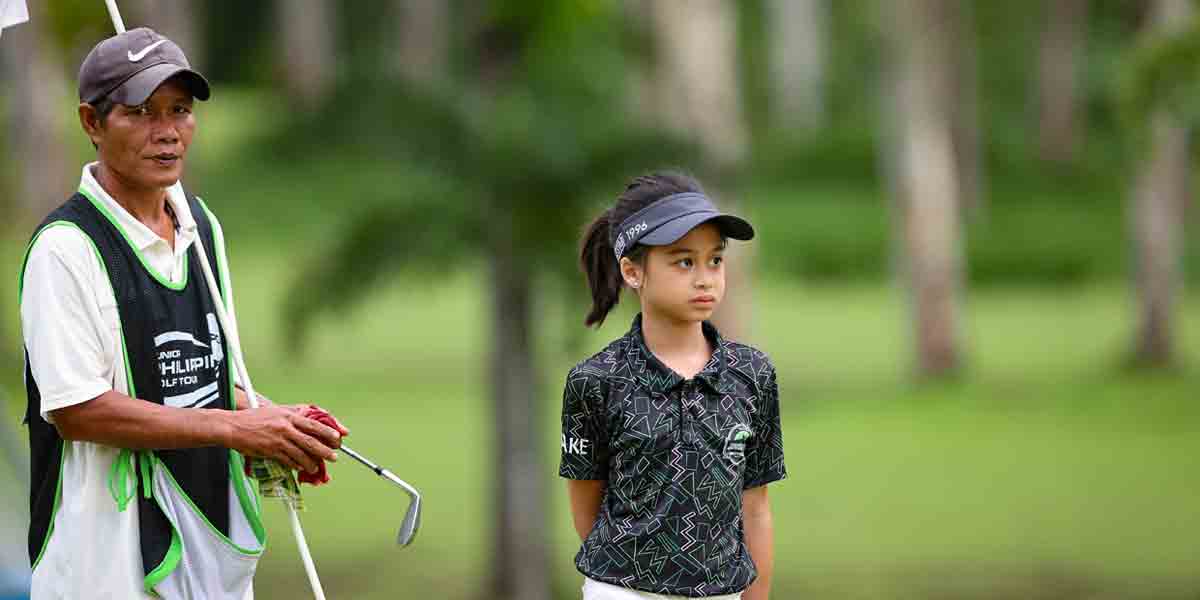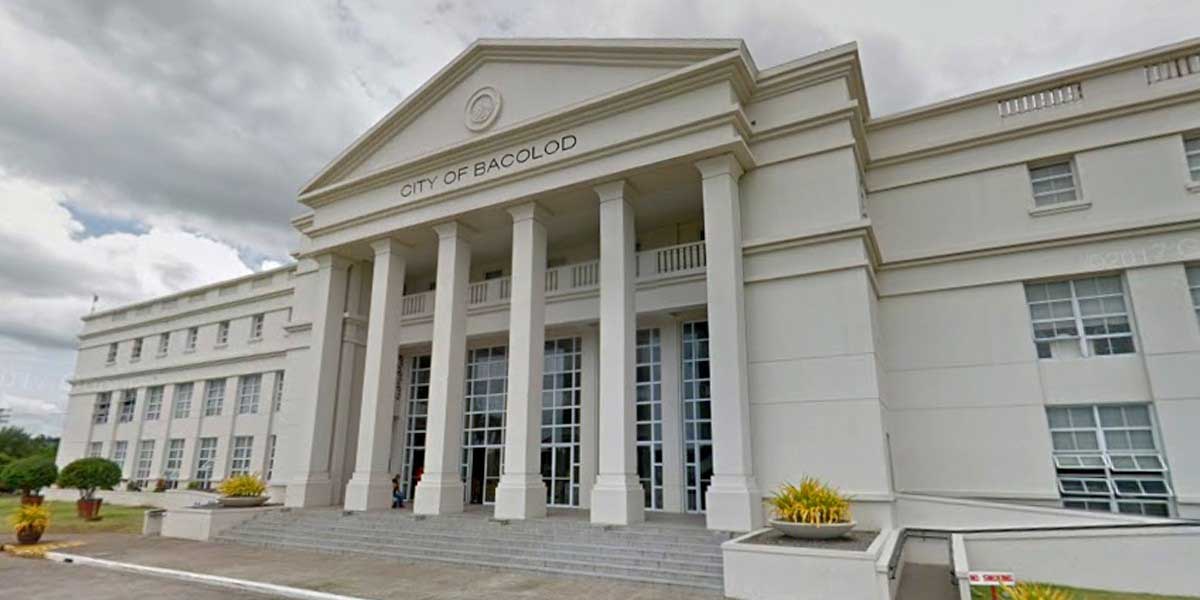By Joseph B.A. Marzan
Western Visayas remains at low risk to the coronavirus disease 2019 (COVID-19) even if Iloilo City escalated to high risk, according to the latest weekly report of the Department of Health-Western Visayas Center for Health Development (DOH-WV CHD) on Monday.
DOH-WV CHD’s head of non-communicable diseases Dr. Bea Camille Fillaro-Natalaray delivered the region’s weekly COVID-19 report in the July 12, 2021 edition of the regular web series ‘Isyung Bakuna’.
As of July 11, Western Visayas logged 73,091 cases (11,542 active, 58,871 recovered, and 1,653 dead).
The running daily average is 644 cases, higher than the 633 cases in June 2021.
The region’s positivity rate (the percentage of all COVID-19 tests performed that are actually positive) increased to 9 percent as of July 11 compared to July 4 (8.7 percent), June 27 (8.4 percent), June 20 (8.0 percent), and June 13 (7.7 percent).
Case Fatality Rate (CFR) in Western Visayas decreased from 2.28 percent on July 4 to 2.26 percent on July 11.
The CFR is the proportion of deaths from COVID-19 compared to the total number of people diagnosed with the disease since the start of the outbreak.
The region’s CFR is still higher than recent figures of the national CFR (1.76 percent) and global CFR (2.16 percent).
Capiz posted the highest COVID-19 death rate in the region as of July 11 (3.33 percent), followed by Antique (2.83 percent), Iloilo City (2.62 percent), Iloilo province (2.43 percent), Bacolod City (2.31 percent), Guimaras (1.86 percent), Negros Occidental (1.74 percent), and Aklan (1.68 percent).
The region’s Low Risk status is traced to its ‘Low’ 2-Week Growth Rate or 2WGR (-20 percent), which is the rate of growth of cases in an area, and its ‘Medium’ Average Daily Attack Rate or ADAR (6.15), the number of cases in an area per 100,000 population.
The 2WGR and the ADAR, which are measured at 14-day intervals, are the basis of the DOH in its Community Quarantine Decision Framework (CQDF).
According to the CQDF, an intersection of a ‘Low’ 2WGR and ‘Medium’ ADAR would result in a Low Risk status.
Breaking down the CQDF-based status per area, Iloilo City rose to ‘High Risk’ while the rest of the region retained their previous risk statuses – Bacolod City and Aklan in ‘Moderate’, and Antique, Capiz, Guimaras, Iloilo province, and Negros Occidental in ‘Low’.
Iloilo City is the only area with a ‘Medium’ 2WGR (2 percent), while the rest of the region have a ‘Low’ 2WGR – Antique (–1 percent), Iloilo province (–7 percent), Aklan (–25 percent), Guimaras (–31 percent), Bacolod City (–32 percent), Negros Occidental (–36 percent), and Capiz (–40 percent).
Iloilo City is also the only area with increased ADAR (18.18). Bacolod City (11.70) and Aklan (9.63) are also in the ‘High’ column but with decreased ADARs.
The rest of the region have ‘Medium’ ADARs, including Iloilo province (6.54), Guimaras (5.12), Antique (4.01), Capiz (3.25), and Negros Occidental (3.05).
Western Visayas’ Health Care Utilization Rate (HCUR), which refers to the utilization rate of COVID-dedicated beds and mechanical ventilators, also increased to a ‘Moderate’ 64.15 percent on July 11, from a ‘Low’ 59.73 percent on July 4.
Iloilo City experienced a slight increase in its HCUR as of July 11 (82.26 percent) against July 4 (81.71 percent), due to ‘High’ bed utilization rate (81.00 percent) and a ‘Critical’ mechanical ventilator utilization (89.87 percent).
Capiz is also in the ‘High’ HCUR column (74.21 percent), with a ‘High’ COVID bed use (75.00 percent), and a ‘Moderate) mechanical vent use (63.64 percent).
Antique’s HCUR is at ‘Moderate’ (64.10 percent), based on a ‘Moderate’ bed use (66.90 percent) and a ‘Low’ ventilator use (27.27 percent).
The rest of the region have ‘Low’ HCURs, including Iloilo province (55.76 percent), Bacolod City (55.09 percent), Aklan (53.37 percent), Negros Occidental (41.53 percent), and Guimaras, which is at flat 0 percent.
As to the presence of foreign COVID variants in the region, Natalaray said the DOH-WV CHD is still awaiting reports from the Philippine Genome Center (PGC) in Quezon City on the specimens they sent.
She said it would take weeks for the regional office and the local accredited laboratories to receive feedbacks from the PGC.
Regarding recent reports of improperly thrown COVID-19 antigen testing kits in Jaro, she said that these are considered as infectious wastes as these contain blood samples, and should be disposed according to rules on medical waste disposal.
“We have guidelines to follow in disposing healthcare waste, because when there are body fluids like blood samples during the tests, they are considered as infectious wastes, so we should follow proper disposal of healthcare wastes in our laboratories or our hospitals,” Natalaray said.



